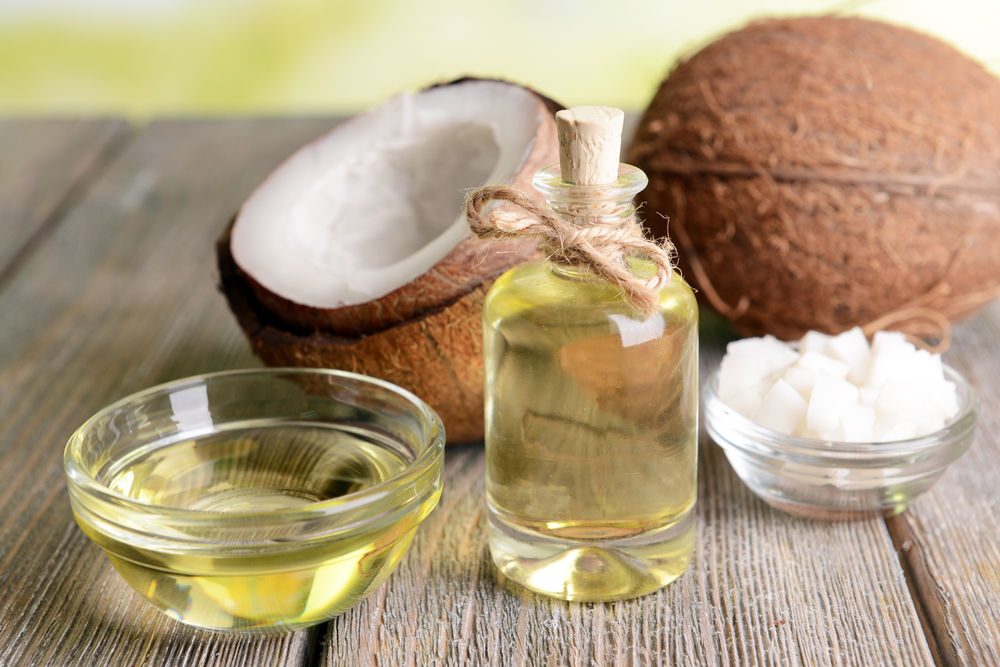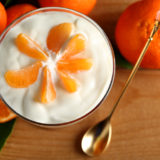

Everyone loves a satisfying snack, especially around the three o’clock afternoon slump. However, it can be hard to find a healthy choice for snack food, especially when on-the-go. It may be tempting to seek out sugary sweets and caffeine, but choosing snacks with healthy ingredients will fuel your body far better without damaging your health.
Make Your Snacks Count with These Ingredients
- Green Tea – Green tea has zero calories and provides strong antioxidant protection. It can aid the body in weight loss, diabetes and liver disorders. Green tea contains relatively low levels of caffeine compared to black tea and coffee, and has been shown to decrease tumor growth in laboratory studies. Not only has green tea been linked to lower cancer rates, but has also been linked to lower cholesterol levels, improved skin conditions, arthritis symptoms and reduction in inflammation.
- Chia Seeds – Chia is the seed of the desert plant Salvia hispanica and is an excellent source of omega-3 fatty acids, carbohydrates, protein, fiber, antioxidants and calcium. Chia seeds are a whole grain and therefore a healthier choice than processed wheat flour based products.
- Quinoa – Quinoa is an amazing source of protein (it contains about 15% protein), amino acids (omega-6) as well as vitamin E. Quinoa is also gluten free and contains particularly high levels of antioxidants. Quinoa is a great source of fiber and has been shown to have scored high on the Satiating Efficiency Index (SEI) over rice and wheat.
- Chicory Root – Chicory root has been shown to aid in an upset stomach and constipation, and is often used for liver and gallbladder disorders. Chicory root has been shown to reduce inflammation and it is also an excellent source of beta-carotene. Chicory can be used as a spice for cooking foods and mixed with coffee to improve the flavor.
- Spirulina – A blue-green algae high in protein, vitamins and minerals (Vitamins B and E, magnesium, zinc, copper and selenium), and rich in antioxidants, spirulina is a super source of amino acids.
- Chlorella – A fresh-water algae, chlorella is a source of amino acids, protein and vitamins. Chlorella has been shown to stimulate the immune system and prevent cancer, stimulate white blood cell production and increase healthy flora in the gut – improving symptoms of colitis and diverticulitis.
- Coconut Oil – Coconut oil is a fat and contains no protein, fiber or vitamins. Although, it does contain a high amount of medium-chain acids (triglycerides) which are not as easily converted into body fat and can be burned efficiently by the body. Because it is such an efficient source of fuel, coconut oil has been shown to improve glucose tolerance, aiding in the regulation of diabetes. Compared with other fats, coconut oil contains almost 3% fewer calories.
- Cashew Butter – Cashews contain copper, manganese, Vitamin K and are an excellent source of magnesium. They are also cholesterol free. Magnesium has been shown to reduce migraines, lower blood pressure and prevent heart disease.




